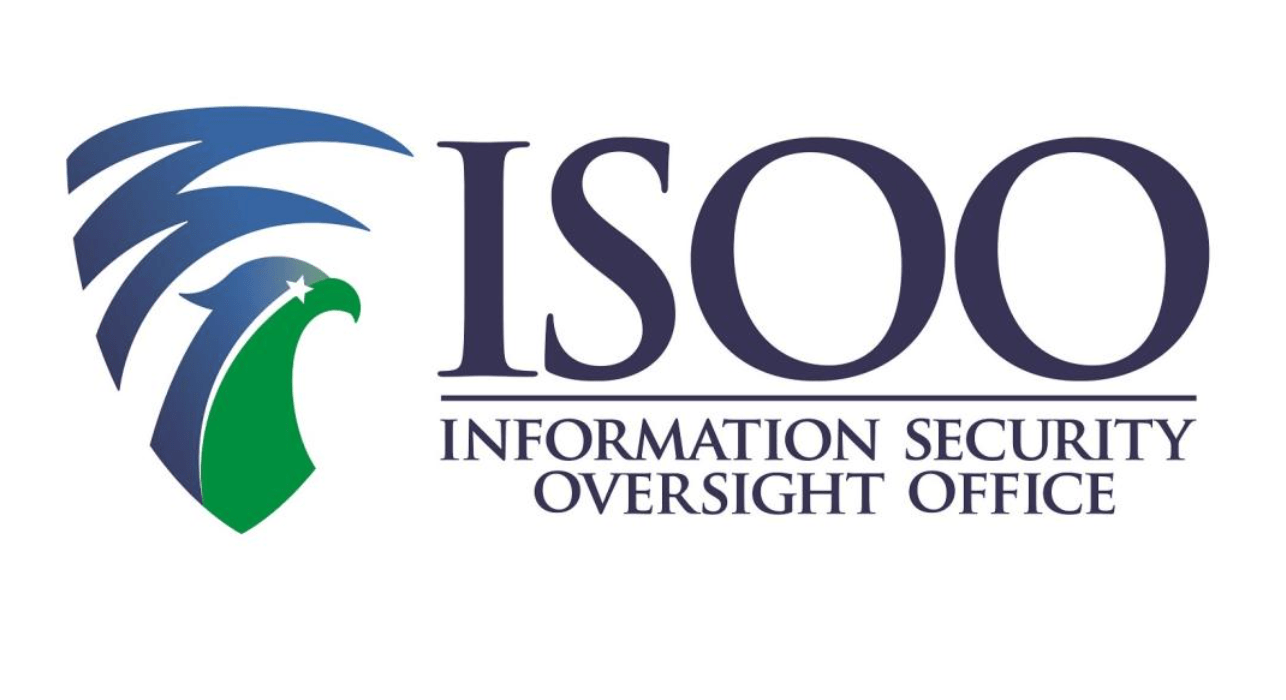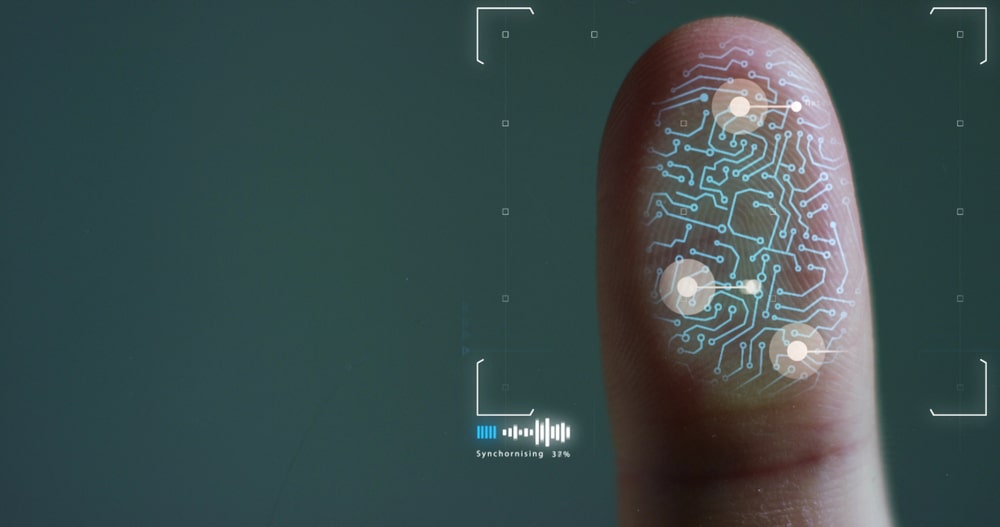You might think that all government information is top secret. However, that’s not always the case. While some information doesn’t fall under the category of top secret, that doesn’t mean anyone can have access to it.
A lot of unclassified government data still needs to be secured. That’s where the Controlled Unclassified Information (CUI) program comes in. It helps agencies and the people working with them protect sensitive information that isn’t classified but still vital.
At the heart of this program is a central tool that helps make sense of it all, which is the ISOO CUI Registry. So, what is the purpose of the ISOO CUI Registry, and how does it help? That’s what today’s article is all about.
What Is CUI, and Why Does It Matter?
Controlled Unclassified Information, or CUI, is a type of information related to governmental organizations that isn’t classified but still needs protection. It includes data such as health records, legal documents, financial data, etc.

Even though such details aren’t “top secret,” they can be sensitive and shouldn’t be shared freely.
Before the CUI program, different government agencies had their own ways of labeling and handling this information. Over time, these differences caused a lot of confusion and inconsistency.
For instance, one agency may treat a specific document as sensitive while another might not. This can lead to many mistakes and security risks.
The CUI program was created to bring order and consistency to the way this kind of information is handled. It helps make sure that everyone follows the same rules when it comes to protecting important data.
What Is the Purpose of the ISOO CUI Registry?
The ISOO CUI Registry is like an official guidebook for handling Controlled Unclassified Information (CUI). Managed by the Information Security Oversight Office (ISOO), it serves as a central resource for federal agencies and anyone working with them.

Principally, the purpose of the registry is to list all the different categories of CUI. This includes documents like privacy information, law enforcement data, or critical infrastructure details. For each category, the registry explains:
- The type of information that falls under it
- Why it needs to be protected
- The laws, regulations, or government policies apply in this case
- How to properly mark, share, and protect this included information

Example
Let’s assume a government agency is handling documents that include people’s social security numbers and medical records. Even though such information isn’t classified, it’s still considered sensitive.
The ISOO CUI Registry would guide the agency (and any contractors involved) on how to label and handle these records under the “Privacy” CUI category. It also points out the privacy laws that require such data to be protected.
Final Thoughts
Understanding what is the purpose of the ISOO CUI Registry can make a crucial difference if you work with government-related information. It’s there to help people know what needs protection and how to do it the right way.
When you follow the registry guidelines, you can keep sensitive information safe and avoid mistakes. As simple as it is, it’s an essential part of handling unclassified government data properly.




